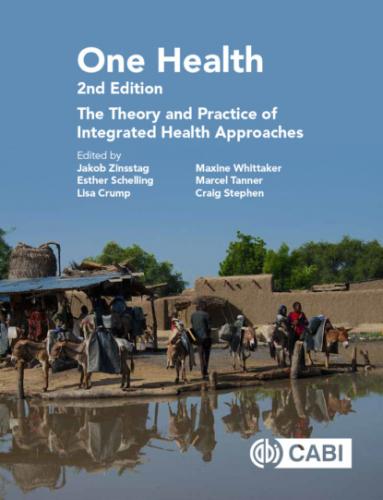The concept of ecosystem health has been the topic of numerous publications, conferences, organizations and educational curricula (Rapport and Maffi, 2011). However, a recent meta-analysis of ecosystem assessments in freshwater and estuarine environments (O’Brien et al., 2016) indicates that less than 15% of ecosystem health studies clearly defined the term or justified their choice of health indicators. While broad criteria for ecosystem health, including stability, sustainability, vigour, vitality, organization and resilience, have been proposed, it is unclear how or how often these concepts are being applied in a practical way by scientists or natural resource managers (Costanza, 1992; Rapport et al., 1998; Rapport and Maffi, 2011; Lu et al., 2015). It has also been argued that ecosystem health is not a matter of science, but a value-driven policy construct (Cumming and Cumming, 2015). Securing consensus on what constitutes health or thresholds for acceptable ecosystem changes are context-dependent undertakings informed by local priorities, perspectives and available information. While there are accepted thresholds for many ecosystem-level harms that affect human health (e.g. water quality standards and air pollution guidelines) there remains considerable debate and uncertainty on thresholds that indicate important changes to the health of the ecosystem itself or on ecological tipping points and self-enforcing feedback loops (see van Nes et al., 2016) that cause potentially irreversible changes to ecosystem function.
Establishing Metrics for System Health
For our purposes, the term ‘system’ is used to refer to any set of interacting biotic and abiotic components that form a unified whole. This could be at the level of an individual, a population or beyond. The metrics we propose follow a systems approach (Stoett, 2016) for examining health whereby the health of the system, as a whole, remains the focal point, while still considering the parts of the system (e.g. disease, predators, climate, food availability) and how they interact with one another.
A definition of health for any given system is a critical first step in the assessment and promotion of the system’s health. From the definition, we can develop metrics that can be used to assess health, monitor dynamic processes and guide management decisions. If the goal is to shift a system to a new desired state, examining metrics over time will be important for evaluating whether our efforts to improve health are having the desired effects.
To the extent possible, metrics warrant standardization when comparing health of different systems or measuring changes within a system over time. Creating comprehensive metrics allows us to bring the scientific method to bear on the assessment and promotion of system health. Recognizing the impossibility of generating metrics that encompass every situation and system, we describe a framework for creating metrics that can be tailored to various systems (Table 3.2).
Table 3.2. Steps in assessing system health.
| Steps in assessing system health | Questions to consider |
|---|---|
| Describe the goals and objectives of the assessment | Why are we measuring the system’s health? How will the information be used? |
| Describe the system | What are the ecological, spatial and temporal scales? What are the key jurisdictions and disciplines? What are the various stakeholder and rights holders’ expectations for how the system should function or what services it should provide? |
| Map the system | What are the major components of the system and their relationships with other components at each ecological scale? What are the determinants of health at each scale? What human expectations must be considered at each scale? |
| Create metrics for mapped system processes | What are the key rates and indices? Do thresholds for acceptable rates of change need to be negotiated among stakeholders? |
| Highlight processes that negatively or positively impact health | Why are these deficiencies or strengths present? Can actions be taken to reduce or strengthen these processes? |
| Added value of a systems approach (Zinsstag et al., Chapter 2, this volume) | Incremental benefit from choosing a systemic approach when compared to single sector (reductionist) approaches |
| Prioritize processes for management or monitoring efforts | Which system processes are best targets for management actions? Which processes can be used to monitor the system over time? |
Framing the problem
After system health has been defined as clearly as possible, the first step to measuring system health is to explicitly state the goals and objectives of the health assessment and to express the expected added value as compared with single sector approaches (Zinsstag et al., Chapter 2, this volume). The goals provide the justification for the resources needed to conduct an assessment and indicate how the results of the assessment will be used. Objectives describe the steps needed to achieve the goal.
To have well-articulated goals and objectives, the study system and scale of interest must be identified. The health assessment could be focused on a population, an ecological community, a metapopulation or an entire ecosystem. The complexity and associated effort of conducting the assessment, as well as the impact and degree of focus, will be directly linked to the ecological scale (Fig. 3.1). The spatial scale must also be defined. In some cases, the spatial scale will arise
